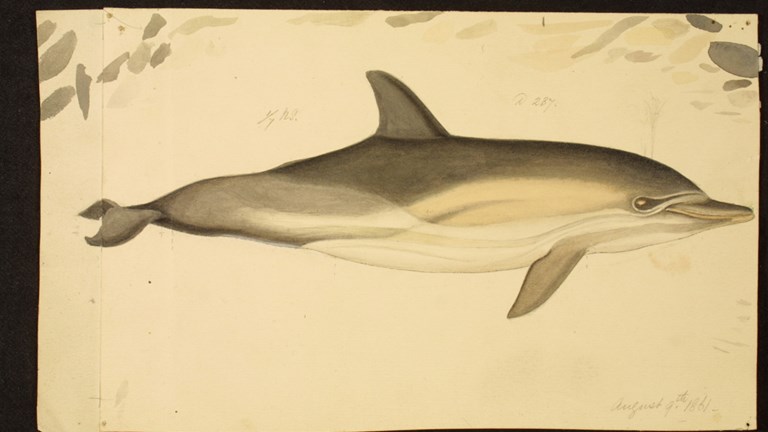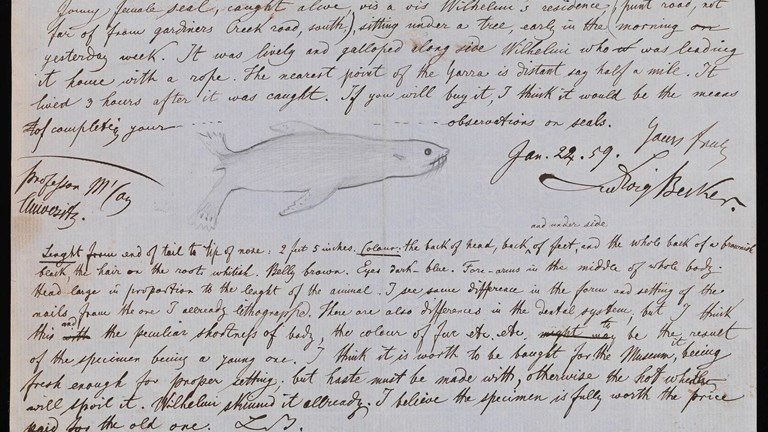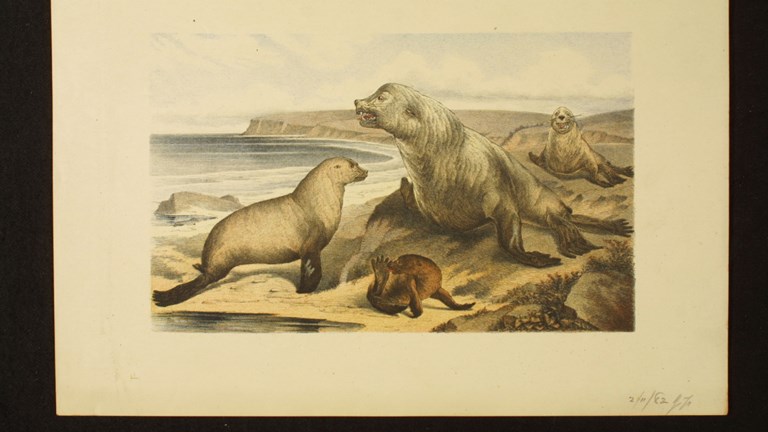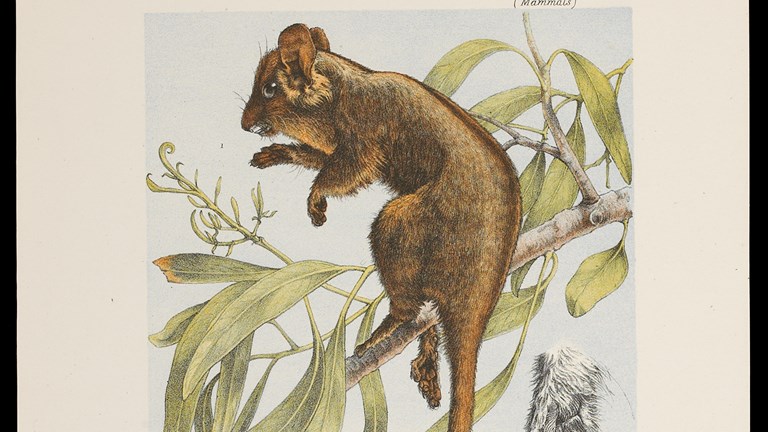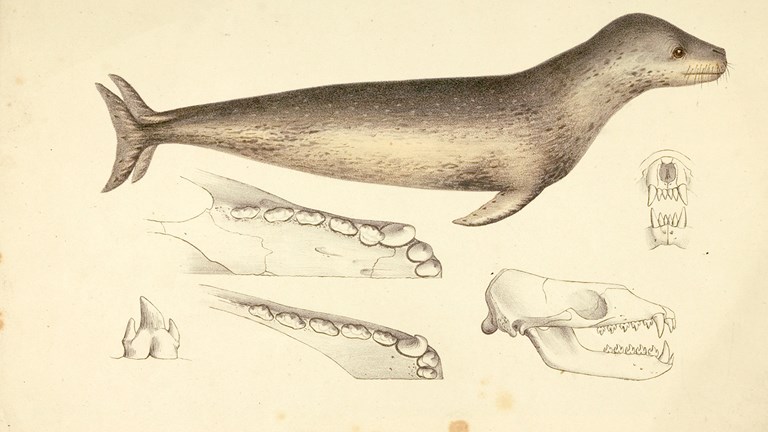

Mammals
The unique attributes of Australia's marsupials and monotremes would have fascinated McCoy's curious mind, but he was working in the shadow of John Gould, the brilliant naturalist and entrepreneur, as well as other European authorities.
Gould had visited Australia from 1838 to 1840, collecting specimens which would later comprise his great folio productions, A Monograph of the Macropodidae (1841-42) and The Mammals of Australia (1845-63). By this time he had illustrated every terrestrial and arboreal species from Australia then known to science.
McCoy's opportunity for a significant new contribution to the scientific literature of living species came in 1867, when two small possums from the Bass River in South Gippsland were brought to him for identification. He named the new species in honor of John Leadbeater, the taxidermist who prepared these and many other specimens for exhibition at the National Museum. Leadbeater's Possum was the only arboreal mammal in the Prodromus of the Zoology of Victoria.
The Prodromus also included three species of marine mammals. The Australian Fur Seal was unique in receiving two entries, the first based on a young animal located near Punt Road by artist Ludwig Becker. The second was created following one of McCoy's rare field trips, when he traveled to Philip Island to observe the species and collect a representative male, female and juvenile.
The other mammals illustrated were the Leopard Seal, an occasional vagrant from Antarctic waters, and the Common Dolphin, a species with worldwide distribution in temperate water.
